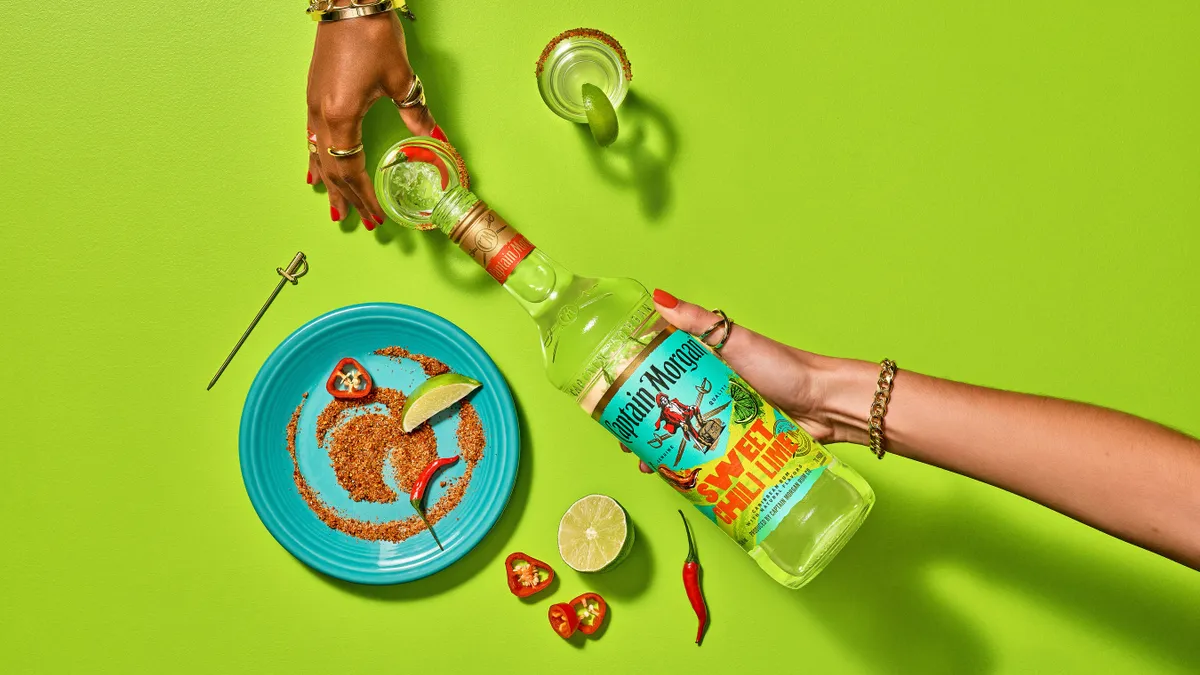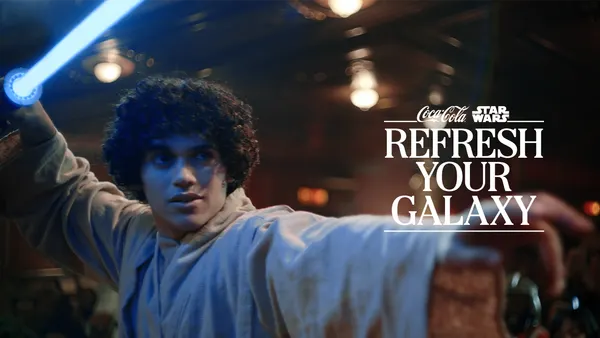For decades now, almost every holiday season has had an ‘it’ gift of the season. If you’re a parent today, you might have your eyes on some Teenage Mutant Ninja Turtles or Elsa doll from the movie phenomenon Frozen.
Many brands have been able to build a holiday craze around their gifts for the season that resulted in – from those looking in –some pretty intense retail situations. While it might be a shopper’s nightmare, the brands that were able to build that buzz were grateful for the hysteria.
Let’s take a walk down memory lane to reminisce about brand holiday crazes throughout history.
Mr. Potato Head
Hasbro is now one of the largest toy makers in the world, but back in 1952 the company was just small family run toy business. That was until it made history by creating the first ever holiday toy craze with the now world-famous Mr. Potato Head.
Mr. Potato Head became the toy to have in 1952 after Hasbro was the first ever toy brand to run a television commercial. Kids across the country were asking Santa for the toy – which at that time was just face and body parts that stuck into a real spud. That wave of popularity set a precedent for toy companies for decades to come.
Pet Rock
Perhaps more than any other brand, the Pet Rock represents the ridiculousness that can sometimes result from excellent marketing. The idea came from ad exec Larry Dahl who came up with the silly idea in 1975 and decided to just run with it. The pet came in a box with air holes, padding, and a tongue-in-cheek Training Manual.
Word of the odd pet you didn’t have to really care for spread quickly after Dahl ran a few ads in several newspaper. Eventually news spread so far it landed the him on The Tonight Show. That attention lead The Pet Rock to be one of the have-to-have gifts of that season. Fifteen million Pet Rocks were sold in 1975 – peaking during the holiday shopping season.
Cabbage Patch Kids
In 1983, a little bit of creative marketing turned what could have been a simple doll in the holiday shopping craze of the decade. Each one of the dolls came with its own birth certificate and adoption papers making them highly collectible – and in high demand.
The Cabbage Doll hit its height in popularity in the winter of 1983 that led to millions of determined shoppers to throw elbows in pursuit of the toy of the year. Shoppers stood in long lines for hours to get a raffle ticket for just the chance to buy a Cabbage Patch doll. Once in the store, fights often broke out amid the chaos to grab a doll. Few brands have inspired such a craze since.
Tickle Me Elmo
Perhaps the most epic and memorable holiday brand craze came from an iconic figure of childhood – Tickle Me Elmo. The plush toy – that giggle, shook, and talked when touched – was introduced in 1996 and quickly became a must-have for Christmas.
Over one million units were shipped to stores throughout the U.S., but all were sold out with just a few moments. The hysteria turned dangerous when a Wal-Mart employee holding the last unit in the store was tackled and suffered a broken rib and a concussion. The hard to find toy soon started popping up online and in newspaper ads for as much as $2,000 – for a toy that retailed for $29.99.
Furby
Furby – a name coming from “fur” and “ball” –was one of the first toys to incorporate a computer chip technology to make the product interactive. The big-eyed creatures spoke their own language – “furbish” – and could be taught English because the toy repeated words it had heard.
After its debut at the International Toy Fair in 1998, Furby soon created a frenzy that threatened to rival the Tickle Me Elmo epidemic from two years prior. The fur balls flew off the shelves and could be found elsewhere – on eBay for example – going for as much as three times its retail price of $35. Furby has made a comeback in recent years as a hot holiday toy item, but hasn’t inspired the same desperate shoppers as in the nineties.











